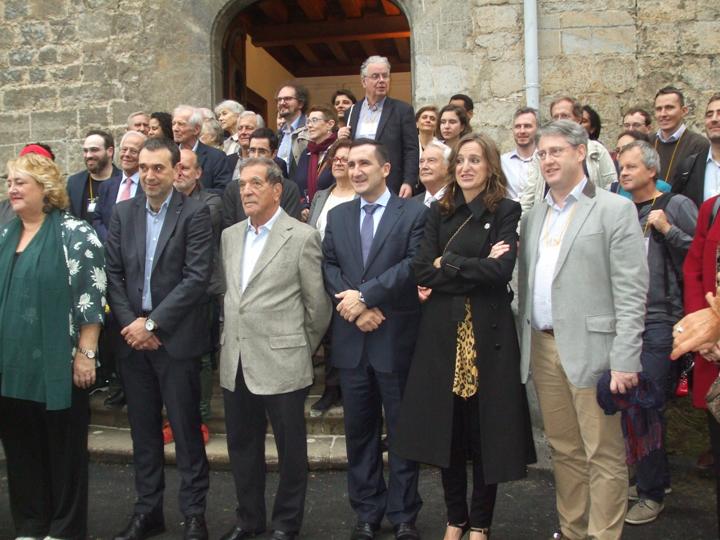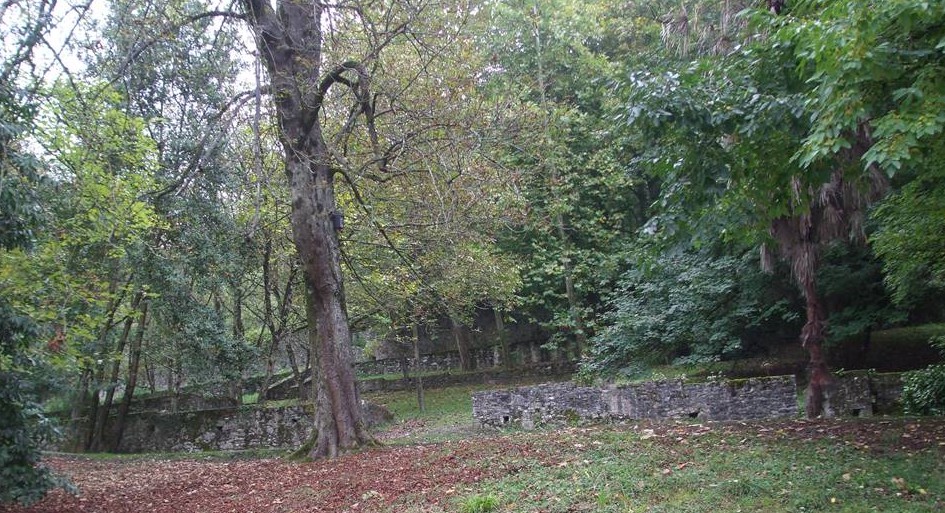|
|

|
|
|
|
|
|
|
|
|
|
|
|
|
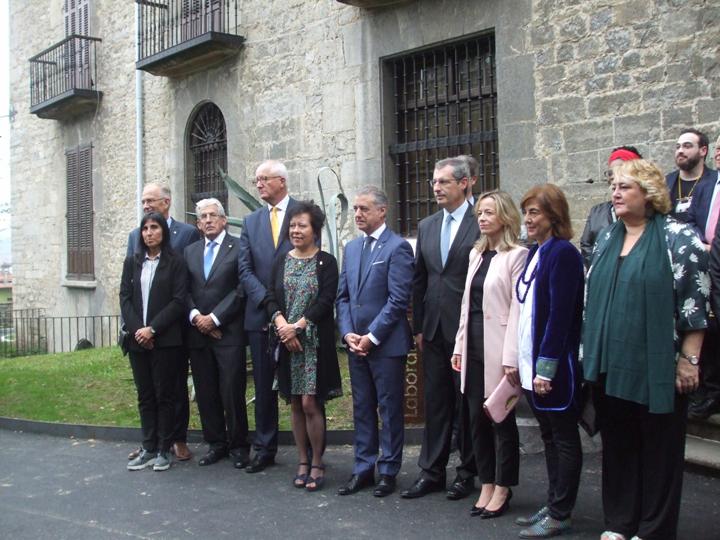
Prof. R. Voss, president of European Physical Society, inveils plague in front of the Bergara Laboratorium building. 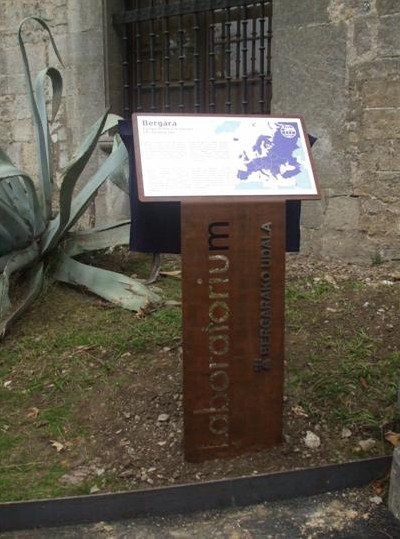
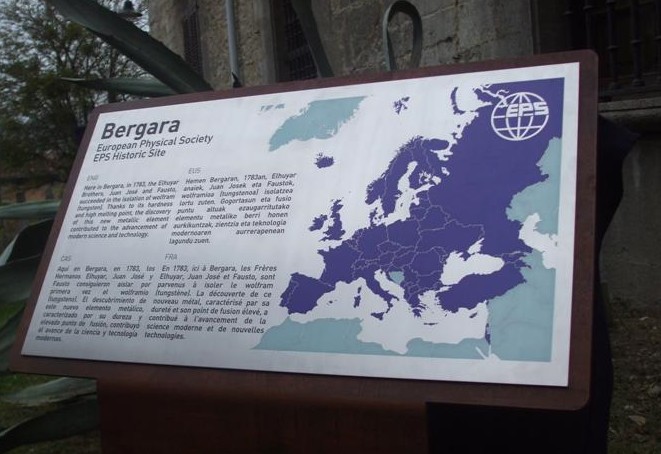
"Here in Bergara, in 1783, the Elhuyar Brothers, Juan Jose and Fausto, succeeded in the isolation of Wolfram [Tungsten]. Thanks to its hardness and high melting point, the discovery of this new metallic element contributed to the advancement of modern science and technology"
In 1779, the Irish chemist Peter Woulfe (17271803) wrote that Tungsten (heavey stone) mineral (iron-manganese Tungsten) contain a new element
In 1781, Swedish pharmaceutical chemist born in Germany Carl Wilhelm Scheele (17421786) isolated a new tungstic acid (WO3). Scheele and Torbern Olof Bergman (17351784) tried to obtain the new metal by reduction of tungstic acid unsuccessfully, because they had not a suitable kiln. In 1781, Fausto Elhuar was Scheele' student in his laboratory. During the same time, Juan Jose Elhuar was a student of Prof. Bergman at the Upssala University for six months (December 1781June 1782)
Brothers Juan Jose de Elhuyar (17541796) and Fausto Fermin de Elhuyar (17551833) isolated, identified and classified Wolfram as a new element in the chemical laboratory of Bergara, Spain. The Royal Basque Society published their report in 1783. It has been translated in English in 1785
Wolfram is a rare hard metal. It exists in chemical compounds only. It has the highest melting point of metals (3 422 C).
The density of Wolfram (19.3 g/cm3) is comparable to uranium and gold and 1.7 much higher than the lead. In that reason, it is shielding from radiation 40 % more than lead. The Wolfram is used successfully as an alloying element. One of the richest depositories of tungsten ore in Europe is Grancharitsa, located near to Krastava village, Velingradsko in Bulgaria. Portugal, Austria, Russia and England are other European country with rich wolframe ore too. During 2017 the largest tungsten manufacturers in the world are China (79 000 ๒), Russia (3 100 ๒), Canada (2 194 ๒), USA (trade secret), UK (1 100 ๒), Bolivia (1 110 ๒), Vietnam (7 200 ๒), Portugal (680 ๒), Austria (950 ๒), Rwanda (650 ๒), Spain (570 ๒), Brazil (381 ๒), Australia (290 ๒), Peru (276 ๒), Burundi (190 ๒), Myanmar (140 ๒), North Korea (100 ๒), Congo (95 ๒), Thailand (80 ๒), Mongolia (150 ๒), and Uganda (21 ๒).
Bergara (Vergara in Spanish or Ber Gara in Basque pronunciation) is an old Basque town (1268) in the north of Spain
Bergara links Cantabrian coast with the Castilian plateau and Bilbao with France
Its relief is mountainous (altitude 110 898 meters). The Deva river cross the town has fifteen bridges. It is a source for five windmills. There is a big forge for iron too
Railway (1906) connects Bergara with old Basque capitals Bilbao and San Sebastian
Bergara was an important manufacturing center of textile and metallurgical industry called "blue vergara" in Nineteen century
Royal Basque Society of Friends of the Country created "Royal Seminary" with chemical laboratory (1770). Its first name was "Patriotic Seminary". It became center for real education. First stage of its curriculum ("general education") included experimental physics and natural history, mathematics, drawing, dance, music, fencing and horsemanship. The curriculum of its second stage consisted of commerce, chemistry, mineralogy, metallurgy, public architecture, agriculture, geodesy, and political economy. Female college has founded there in 1799
References
|
